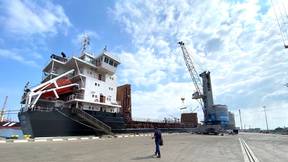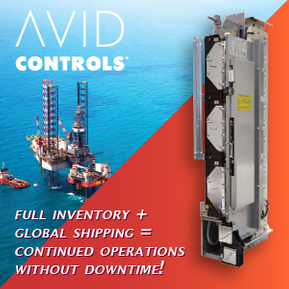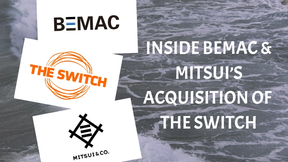Offshore Service Vessels Design Innovation

It could be argued that no other sector of the maritime market has experienced a design innovation revolution quite like the Offshore Service Vessel (OSV) market. Driven by demands to supply people, gear and goods to offshore installations that are increasingly further from shore in deeper waters, today’s OSV is a far cry from those built only a decade ago. Maritime Reporter examines some of the recent innovations in design and function. Deepwater operations are increasingly demanding more personnel offshore, often for longer periods of time, placing a greater emphasis on crew accommodation.
ABB PLC-Drives Propel Specialized PSVs

Modular liquid-cooled drives and PLCs from ABB have been included in VARD ELECTRO’s innovative, application-specific propulsion and thruster power solutions for offshore supply vessels. The electric motor propulsion technology designed by VARD ELECTRO is used on a series of six platform-supply vessels (PSVs) - the first two of which currently are being built in Japan. Twenty years ago, in response to growing global competition and demands for ever-more sophisticated propulsion performance, the innovative shipbuilding group VARD decided to bring their systems integration function in-house.
U.S. ENC Availability Starts to Gain Speed
It is no secret that acceptance and incorporation of electronic charting systems has been more widespread in Europe than in the U.S., as European governments and commercial organizations collectively have worked more diligently together and built and maintained a lead in this area. The gap, however, is closing, as the era of the electronic chart is quickly arriving in the U.S. In a recent Advance Notice of Proposed Rulemaking (ANPRM), the U.S. Coast Guard announced that it is considering the feasibility of allowing commercial vessels to use electronic charting and navigation systems as their primary means of navigation in U.S. waters. It would have to meet ECDIS standards as supplied by the IMO.







